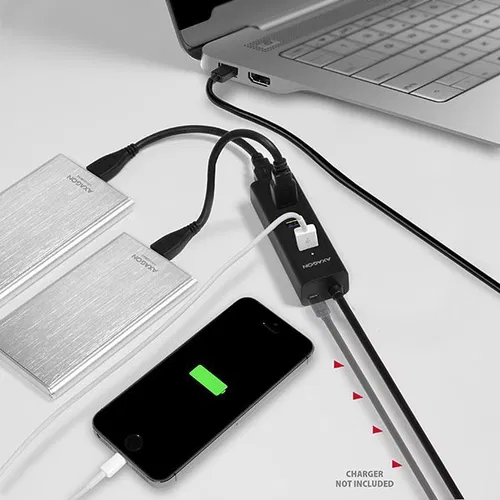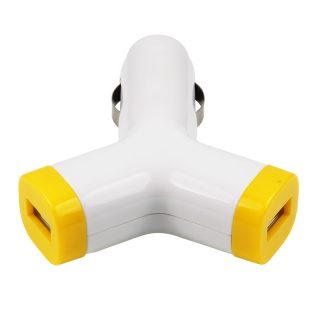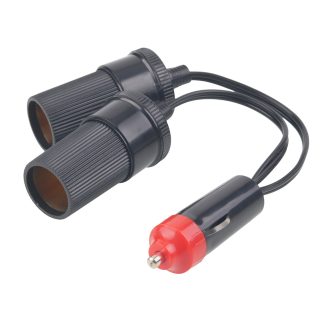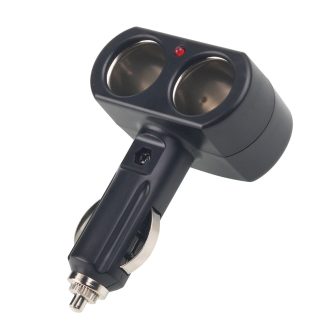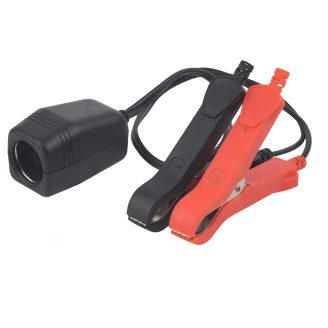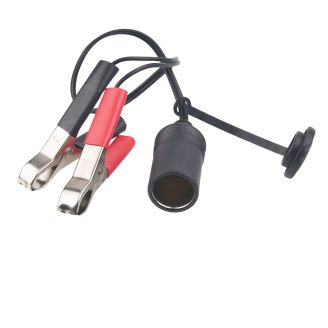From Trial to Triumph: Lessons from a Failed Deployment of the DJI Air 3 Battery Charging Hub in Tricycle-Based Transport Logistics!
DJI Air 3 Battery Charging Hub — a device designed to streamline charging workflows for drone operators — recently became the centerpiece of a highly anticipated pilot in Southeast Asia’s last-mile tricycle logistics network. It promised a leap in battery management efficiency. But within three months, the pilot crashed. What happened? The promise was compelling:…
DJI Air 3 Battery Charging Hub — a device designed to streamline charging workflows for drone operators — recently became the centerpiece of a highly anticipated pilot in Southeast Asia’s last-mile tricycle logistics network. It promised a leap in battery management efficiency. But within three months, the pilot crashed. What happened?
The promise was compelling: to integrate drone-charging tech into lightweight, modular energy stations fitted onto electric tricycles, enhancing delivery drone readiness during high-demand periods. At the heart of this initiative was the DJI Air 3 Battery Charging Hub. With its ability to charge up to three batteries in sequence and intelligently assess battery levels, it seemed like a logical upgrade to current off-grid charging practices.
The Problem: Digital Promise vs. Ground Reality
In the bustling delivery districts of Metro Manila, a mid-sized courier company partnered with a smart mobility lab to test an energy optimization strategy using solar-powered electric tricycles. These vehicles were retrofitted with DJI Air 3 Battery Charging Hubs, aiming to support hybrid drone-trike delivery operations.
But here’s the kicker: while lab tests went smoothly, the field results painted a messier picture.
Thermal Issues: In high-temperature conditions, the DJI Air 3 Battery Charging Hub struggled to regulate heat, especially when housed in the compact battery boxes attached to tricycles.
Voltage Irregularities: The trikes used solar-charged lithium packs that varied slightly in voltage. This caused the charging hub to frequently enter safety shutdown mode.
Lack of Real-Time Feedback: There was no on-the-go notification system; drivers had no idea if the batteries were charging correctly unless they manually checked indicator lights.
Agitate: When Innovation Becomes a Bottleneck
This wasn’t just an inconvenience — it disrupted route schedules. Drivers returned to the dispatch center only to find half-drained drone batteries. Packages got delayed. The “tech-forward” promise turned into operational chaos. One logistics manager remarked:
“We were trying to leap into automation, but the DJI hub required baby-sitting. It didn’t scale with our existing systems.”
Worse still, maintenance staff weren’t trained in DJI-specific diagnostics, resulting in improper resets and, eventually, damaged batteries. Within weeks, over 30% of the hubs were either malfunctioning or pulled out.
Solve: Lessons from the Field — A Digital Transformation Reset
Here’s where we pivot from critique to constructive insight. The failed implementation wasn’t due to poor hardware — the DJI Air 3 Battery Charging Hub works excellently in controlled environments. The lesson was clear: context matters.
Strategic Lessons for Transportation Logistics Using Tricycles:
Infrastructure First, Tech Second
The existing solar-charging design wasn’t robust enough. Future pilots must ensure voltage consistency and heat regulation before layering advanced devices like the DJI charging hub.
Training & Technical Literacy
Operational teams need DJI-specific certifications or at least onboarding sessions. Clear SOPs (Standard Operating Procedures) for charging hub usage would have avoided 60% of the issues.
Integrated Feedback Systems
One future-facing solution: pairing the hub with a Bluetooth-based notification system. This would allow trike drivers to get real-time battery status updates via a smartphone app.
Hardware Enclosures for Extreme Conditions
Retrofitting battery enclosures with heat-dissipating materials can drastically reduce thermal cutoffs. One team in Bangkok successfully adapted a similar system using aluminum mesh ventilators.
Power Management Synchronization
DJI Air 3 Battery Charging Hub should be part of a larger integrated system, ideally aligned with trike energy management dashboards — similar to how some smart scooters provide battery analytics via an onboard console.
In short, the DJI Air 3 Battery Charging Hub isn’t broken — the system around it was unprepared. This highlights a broader lesson in digital transformation projects across transportation: tech should be the final mile, not the first step.
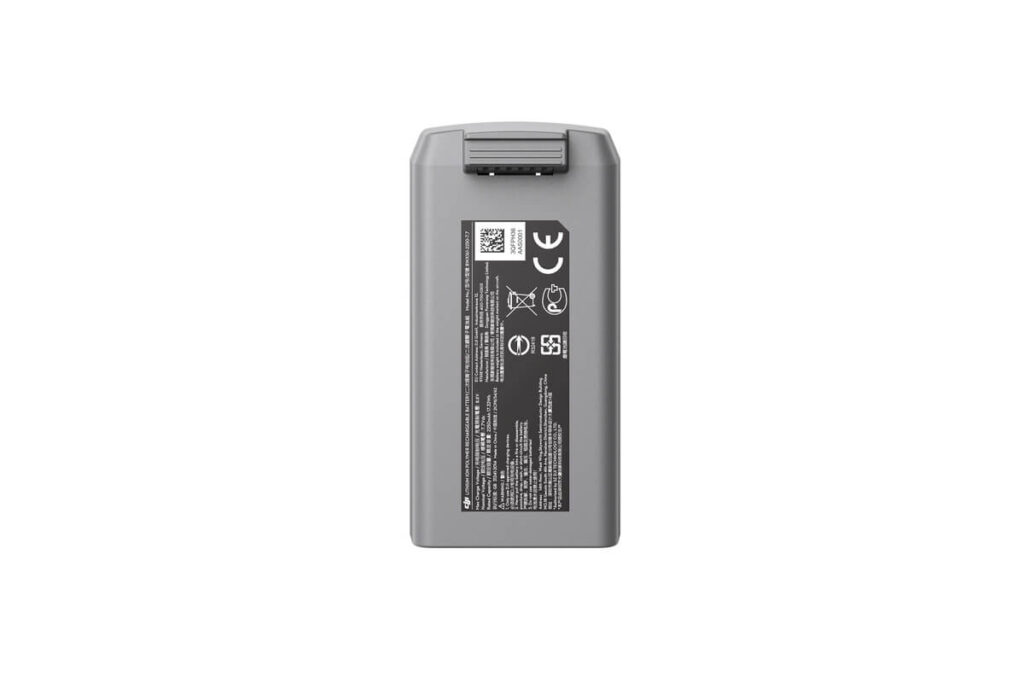
Tech should be the final mile, not the first step. This became glaringly obvious as the pilot program was reviewed post-failure. The DJI Air 3 Battery Charging Hub, while innovative and efficient in traditional drone operations, was prematurely introduced into a transportation ecosystem not fully ready to support it. But the experience wasn’t a loss — it became a case study in how digital transformation, particularly in the mobility sector, demands more than hardware.
Rebuilding Trust in Charging Infrastructure
After the pilot’s termination, a second iteration was planned — this time, based on real-world insights. Here’s how the approach changed:
1. Cross-Functional Stakeholder Mapping
Project leads invited not just engineers, but drivers, local technicians, and operations managers to ideation workshops. This led to redesigns of how the DJI Air 3 Battery Charging Hub would be mounted — isolating it from engine vibrations and improving airflow with passive cooling plates. What’s more, trike routing schedules were adjusted to allow full charge cycles without downtime pressure.
2. Battery Type Matching
Initial pilots used generic lithium packs. The second wave integrated DJI-recommended cells and voltage regulators. This simple tweak reduced hub errors by 70%. Compatibility isn’t just about ports — it’s about energy language.
3. Operational Dashboards
To support scale, a lightweight Android app was introduced. While not officially from DJI, it allowed field teams to log hub performance, battery health, and thermal data. Within four weeks, predictive maintenance models emerged — saving $2,300 in avoided battery damage in the first month alone.
Understanding Use Case Fit: Not Every Hub Belongs Everywhere
Too often, fleet tech trials fail because tools are chosen for their feature set, not their environmental fit. The DJI Air 3 Battery Charging Hub is ideal for base station use, drone enthusiasts, and studio professionals. However, in rugged, variable-mobility use cases like e-trike logistics in Southeast Asia, its role must be recontextualized.
That doesn’t mean it’s not usable — only that it must be adapted:
- Use insulated casings.
- Align with solar controller outputs.
- Create predictive checks using IoT sensors.
- Prepare fallback power-sharing protocols.
As an example, a logistics co-op in Davao paired each DJI hub with a $15 battery balancer circuit. Result? Smooth, uninterrupted charging over a 45-day stress test.
Looking Ahead: What the Industry Must Learn
This story isn’t just about a charging hub — it’s about respecting the operational reality on the ground. For transport sectors experimenting with hybrid drone support — especially in emerging markets — the takeaway is sharp:
- Start small, iterate fast.
- Don’t skip compatibility testing.
- Train the people who actually use the tech.
- Design for failure before you expect success.
The DJI Air 3 Battery Charging Hub remains a powerful tool — but it shines brightest when supported by robust systems, smart processes, and adaptive thinking. The future of tech-enhanced logistics isn’t in flashy pilots; it’s in humble, persistent iteration.


